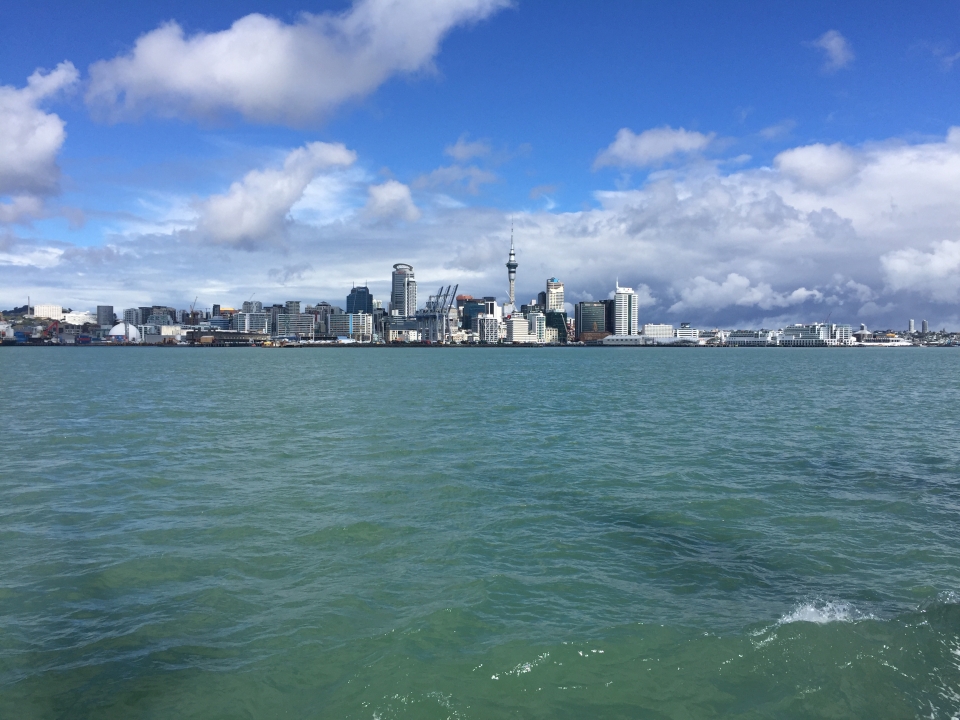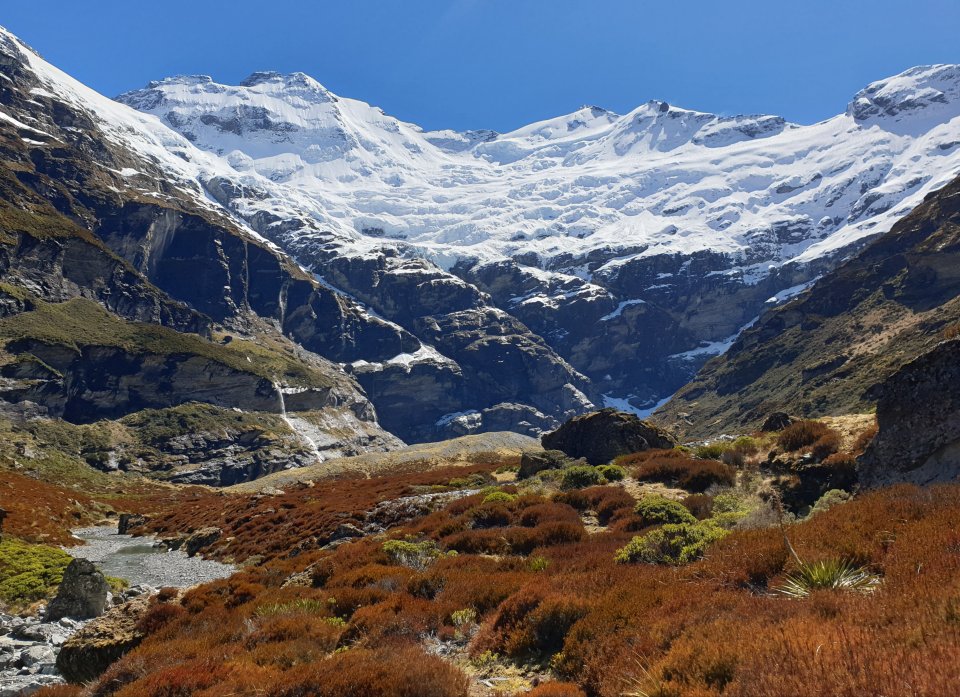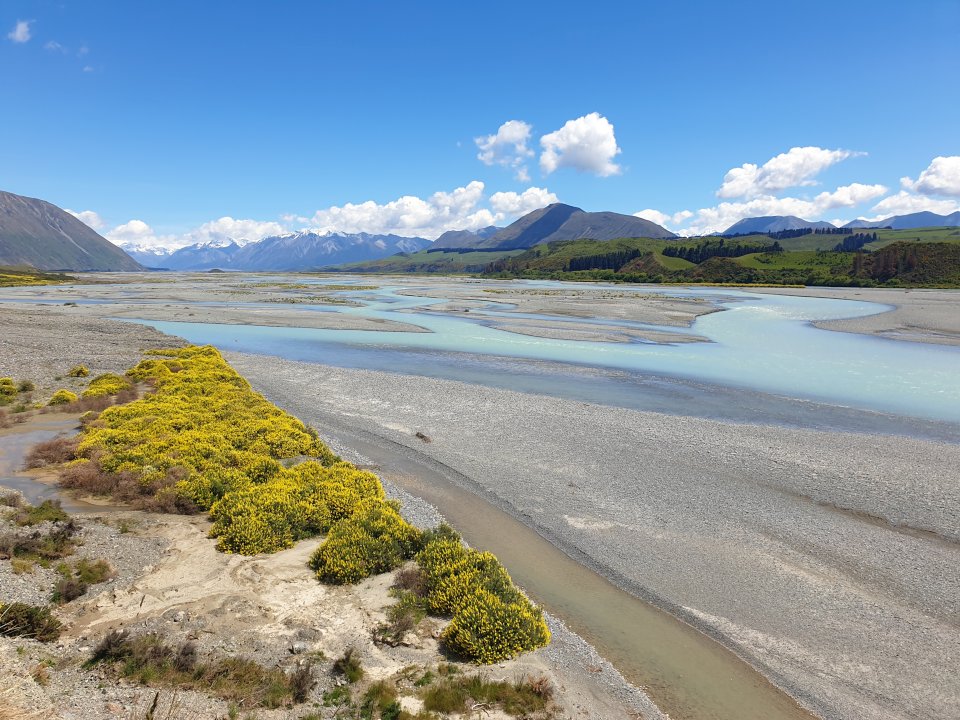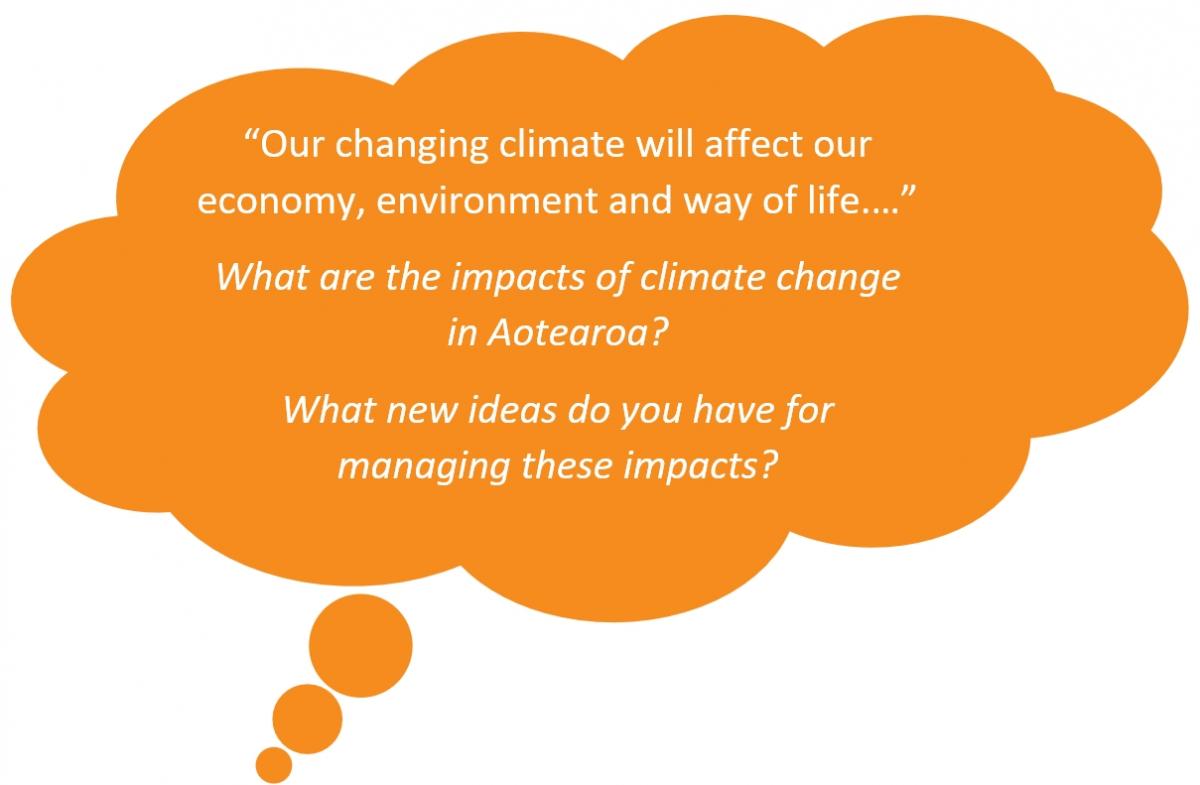You can contact LEARNZ, part of CORE Education, at:
Postal Address:
PO Box 13 678,
Christchurch 8141,
New Zealand

The Earth has had many tropical climates and ice ages over billions of years. So why is now so different? Well, as you will have read in What Is Climate Change, human activity over the last 150 years has led to us releasing larger amounts of greenhouse gases into the Earth’s atmosphere over a short period of time leading to more rapid climate change.
Aotearoa is already experiencing higher land and sea temperatures, and more severe storms.
Our changing climate will affect our economy, environment and way of life. Based on the latest climate projections for Aotearoa, by the end of this century we are likely to experience:
The sea rose 14 to 22 centimetres in the last century. By the end of this century sea level is expected to be around 80 centimetres higher than it is now.
The oceans are becoming slightly more acidic by absorbing more CO2. Even though this increase is small it can affect sea creatures, especially those that have a shell which can be damaged by the increase in acidity.
Our glaciers have lost a quarter of their ice in the past 40 years. Glacier loss will impact ecosystems, severity of flooding, and supplies of fresh water for drinking, agriculture and hydropower generation.

Some regions will have less rain. This makes soils dry out and increases the need for irrigation. Some regions will also have less frosts, and more warm days.
What will warmer temperatures mean for farmers?
There is likely to be an increase in demand for water, air-conditioning systems (for classrooms too!) and therefore more electricity in summer. People are likely to enjoy the benefits of warmer winters with fewer frosts, but hotter summers will bring increased risks of heat stress and subtropical diseases.
More frequent intense winter rainfalls will increase the likelihood of rivers flooding and flash flooding. Our drainage systems have not been designed for these extreme rainfall events.
Water demand will increase during hot, dry summers. Longer summers with higher temperatures and lower rainfall will reduce soil moisture and groundwater supplies. River flows are likely to be lower in summer and higher in winter.
Rising sea levels will increase the risk of erosion, inundation and saltwater intrusion. There will be a need for coastal protection where it is possible.
Higher levels of health-related issues because of summer heat could be expected. Mosquito species that carry diseases like malaria may also settle in Aotearoa in a warmer climate.
A city is usually hotter than rural areas. This effect is called an Urban Heat Island. Warmer temperatures can make it more unpleasant for people living there.
Hotter summers can damage railway lines and soften road surfaces.
As some areas warm, food production might increase. But higher temperatures will also bring pests, and drought will affect farming. There may not be enough water to sustain irrigation in some areas.
People living on floodplains might find it more difficult to insure their homes due to higher flood risk. Fruit and vegetable growers might lose more crops to hail damage resulting in a loss of income.

In Aotearoa, our native species and ecosystems will be affected in different ways by climate change, depending on where they live.
 Alpine Ecosystems are refuges for many bird, lizard and insect species. As temperatures rise, pests like hedgehogs, rats and wasps will spread into higher areas.
Alpine Ecosystems are refuges for many bird, lizard and insect species. As temperatures rise, pests like hedgehogs, rats and wasps will spread into higher areas.If we understand the impacts of climate change we can work on ways to manage and reduce these impacts to increase our resilience.
Complete the Climate Change in Aotearoa quiz
> Discover more about climate change in Aotearoa